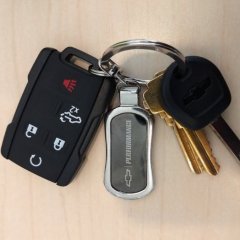HID DRL fix/workaround
-
Similar Content
-
- 0 replies
- 2,054 views
-
- 10 replies
- 4,707 views
-
- 0 replies
- 2,915 views
-
Cargo lamps w Reverse and fog-lights w parking lights wiring help 1 2
By Daryl Casey,
- cargo lamps
- reverse light
- (and 4 more)
- 16 replies
- 8,231 views
-
Foglights w DRL and Cargo light w reverse wiring mod help
By Daryl Casey,
- Cargo lamps
- Reverse lights
- (and 4 more)
- 2 replies
- 1,209 views
-
-
Recently Browsing 0 members
- No registered users viewing this page.
-
Forum Statistics
246k
Total Topics2.6m
Total Posts -
Member Statistics
-
Who's Online 22 Members, 1 Anonymous, 1,590 Guests (See full list)















Recommended Posts
Archived
This topic is now archived and is closed to further replies.